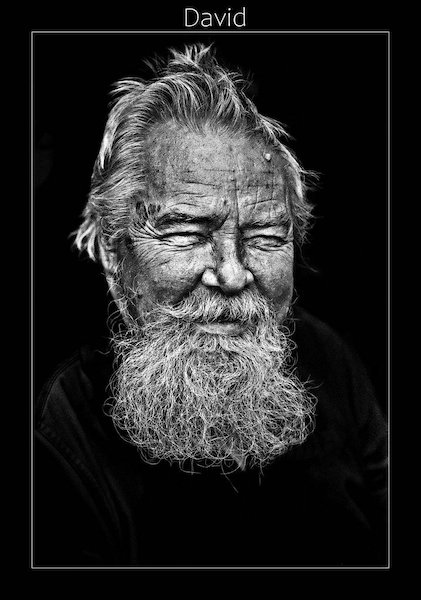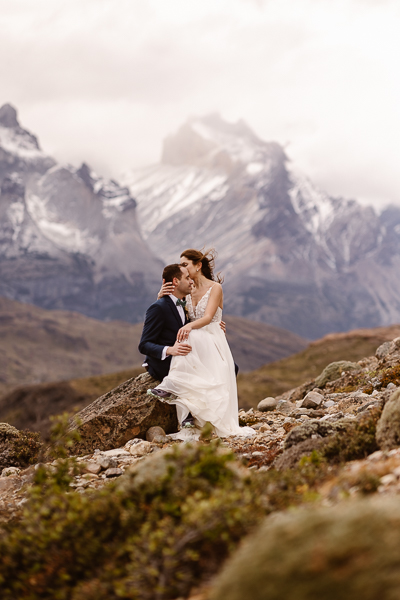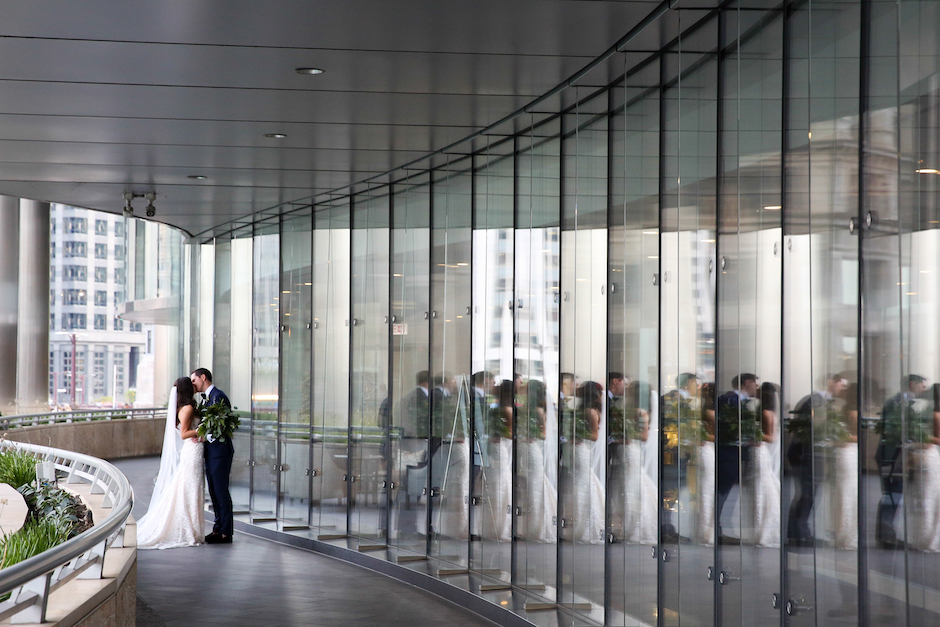Profiles
I’ve always had a love for cameras and film photography. Growing up as a Girl Scout, I would take annual summer trips up and down the East coast and I always made sure I had my camera in tow. Of course, in the beginning the images were all out of focus and blurry, but over time I learned and got better.
[Read: 5 Things You Need to Know Before Switching From Digital to Film]
It wasn’t until 2003, at the age of 17, that I really learned how to work with film and love it completely. It was my junior year in high school and it was the best outlet for me at the time. The experience of using film, from start to finish, was really exhilarating, including the anticipation and anxiety over blindly rolling the film onto the reel and putting it in the developing tank, making sure the lid was on super tight so the film would not be exposed before processing and measuring the chemicals.


I fell in love with film photography so much so that I wanted to major in it in college. Unfortunately, the year I was headed to college, the university I planned to attend removed film photography from the arts curriculum. I was devastated.
[Read: 10 Tips for Photographing with Film At Home]
I often was told that film photography is “a dying art” because of the expense associated with it compared to digital photography. My local development stores were no longer even processing film. At 18 years old, I didn’t think to follow my passion; I just went with what people were telling me. I had enough to balance without committing my little spare time and energy (at that point I had an infant son, work and school) to something everyone assured me would become obsolete.

Here, we were in an open garden so the sun was right above the bride’s head. I did not want to use the area behind me because the light was so harsh. Before taking the photo, I made sure the light was even on her face. I also wanted her to be the focal point so I physically moved closer to her. During this session I was experimenting with my f-stop, so I set it to 4.0. Film: Fujifilm 400H.
I eventually gave in and purchased a digital camera. And over the years, even with my photography business slowly budding, working on my workflows, the digital darkroom and understanding more of the photography craft, I still felt something was missing. Like the “real” art of photography, or what I thought was the real art of film—developing and printing it.
[Read: The Easy Approach on Metering Portraits on Film]
Luckily, things changed. Just last year, I rediscovered the joy of working with film after attending some wonderful conferences, including the Hybrid Collective and Patrick Le’s Apollo Workshops. After all these years, I was so excited that my original love was actually always there, waiting for me to come back to it.

Because we were outside, I was able to play around more with the camera setup. It was a spring evening so we had a little bit of daylight still left. I wanted to make sure that I did not have any direct lines of light on her face so I had her sit down and lean towards the camera direction. You can see a little bit of the light across her hair. I wanted to include the garden in the background so I bumped up the f-stop to 4 instead of my usual 2.8. Film: Fujifilm 400H.
Working with film again has created a new energy in me that I not only can showcase to current and future clients, but also encourage others to experiment with. It has taught me a level of patience that, crazy enough, my children have not taught me!
Film has taught me to slow down and observe what is in the focal view, asking myself questions like “Is this in focus? Is this what I really want to capture? What happens if I move a little to the left/right? How is the lighting and the shadows on my subject affecting the outcome? Can I physically see what I am thinking envisioning?” Then I take a breath and “click.”

Here, I wanted to make sure I could capture this bride’s glowing skin in contrast with her white dress while indoors. This specific day was overcast and the light coming from the window was soft. I also realized that because I was inside, I would need to open my aperture more to get more light in, so I used f/2.8. I had her sit towards the floor-to-ceiling windows at the venue to allow the light to highlight her skin and makeup. Remember, when there is natural light available at a venue, use it! Film: Fujifilm 400H.

For this couple’s session, I fell in love with the location and the light, which was coming from the top. The marble interior was a perfect reflector. Because there is so much natural light in this space, I was able to still use my usual f/2.8. Film: Fujifilm 400H.
Getting Started: My Go-Tos
For all of my film work, I use my Contax 645N, a medium-format film camera. At first it was pretty intimidating and I treated the camera like a newborn. If you’ve never shot with film before, I recommend purchasing a 35mm film camera to practice with, as medium-format investments tend to be very pricey.
Throughout my renewed passion for film, I have used Kodak Portra 400 120 as well as Fujifilm PRO 400H 120. Both work well outside as well as indoors. I tend to lean towards Fujifilm more because in my experience, this film is more diverse when it comes to photographing all skin types.
The trick is to really understand how cameras work and function with light. With a film camera, there is no instant gratification of seeing how your images look, the way you can with digital, so how your images come out will be based on how you have set up your shutter speed and aperture. My aperture range for my film work is from 2.0 to 4.0. My shutter speed frequently changes based on the lighting situation I am in.
Purchasing a light meter is very beneficial, especially starting out. You always want to meter on the side of your subject that is not facing the light or in the shadows for a well-lit subject.

Victoria Delgado is the owner and main photographer of Tori Del Photography and Dulce De V Photography. While Tori Del Photography focuses on engagements and weddings, Dulce de V Photography focuses on lifestyle, family photography and events.





